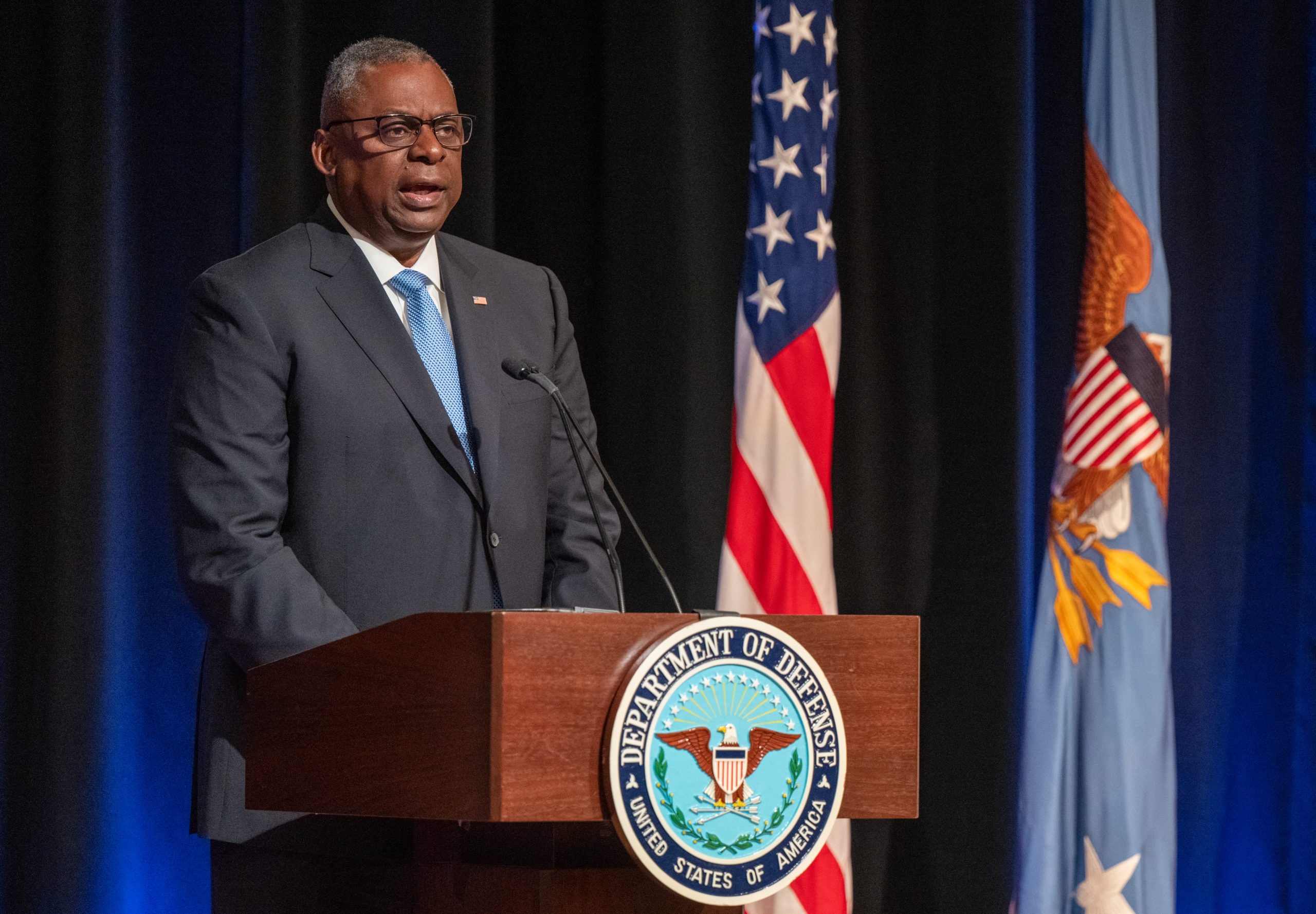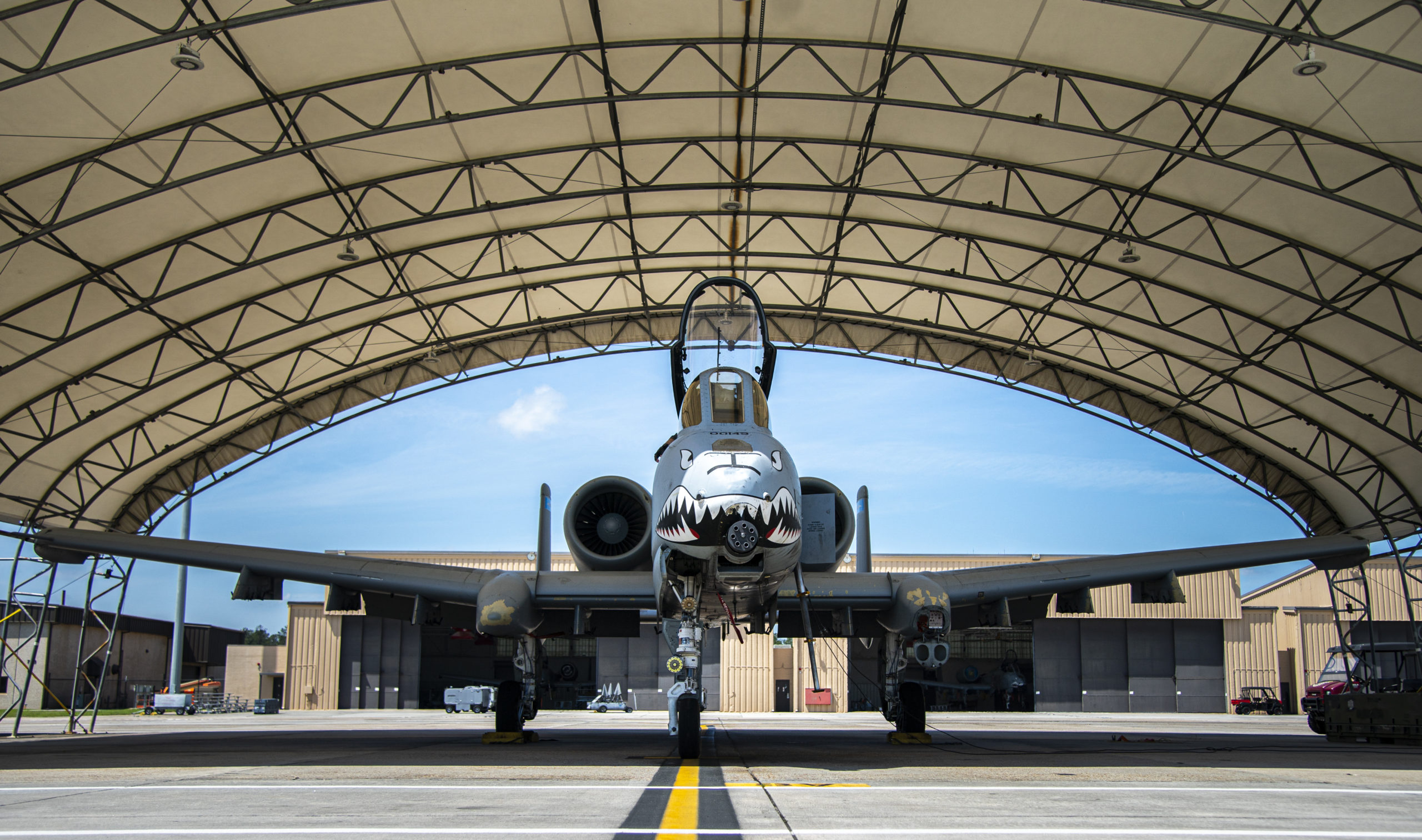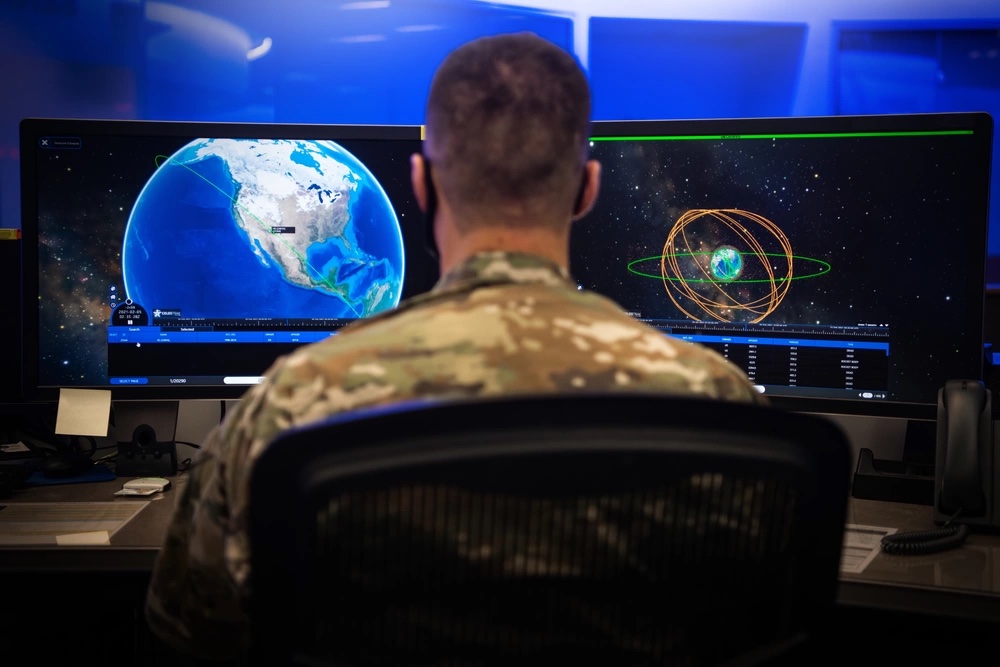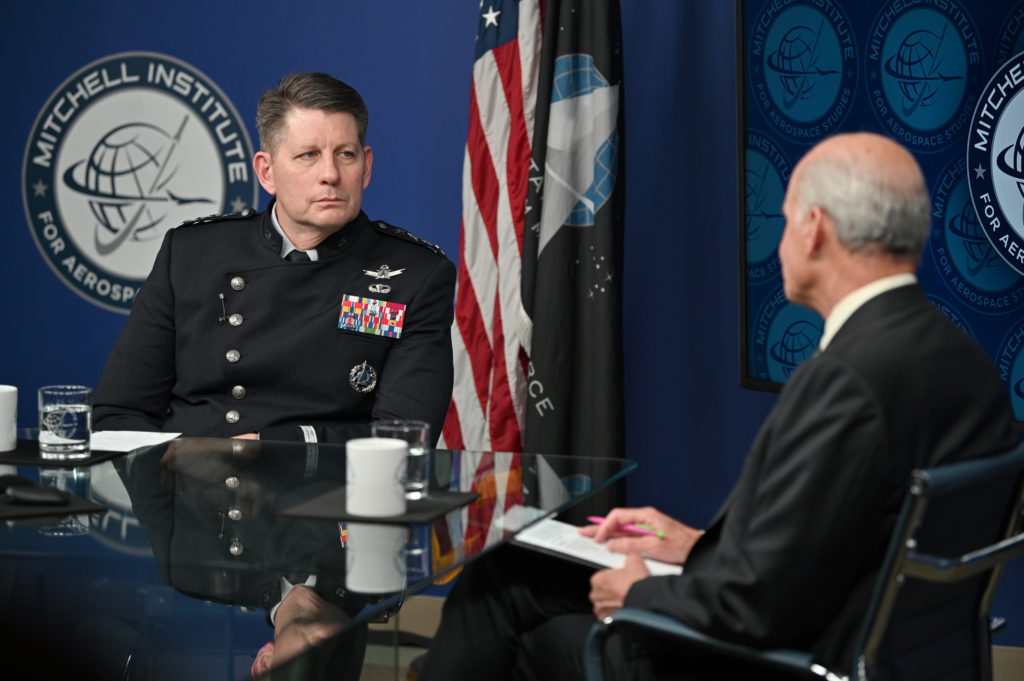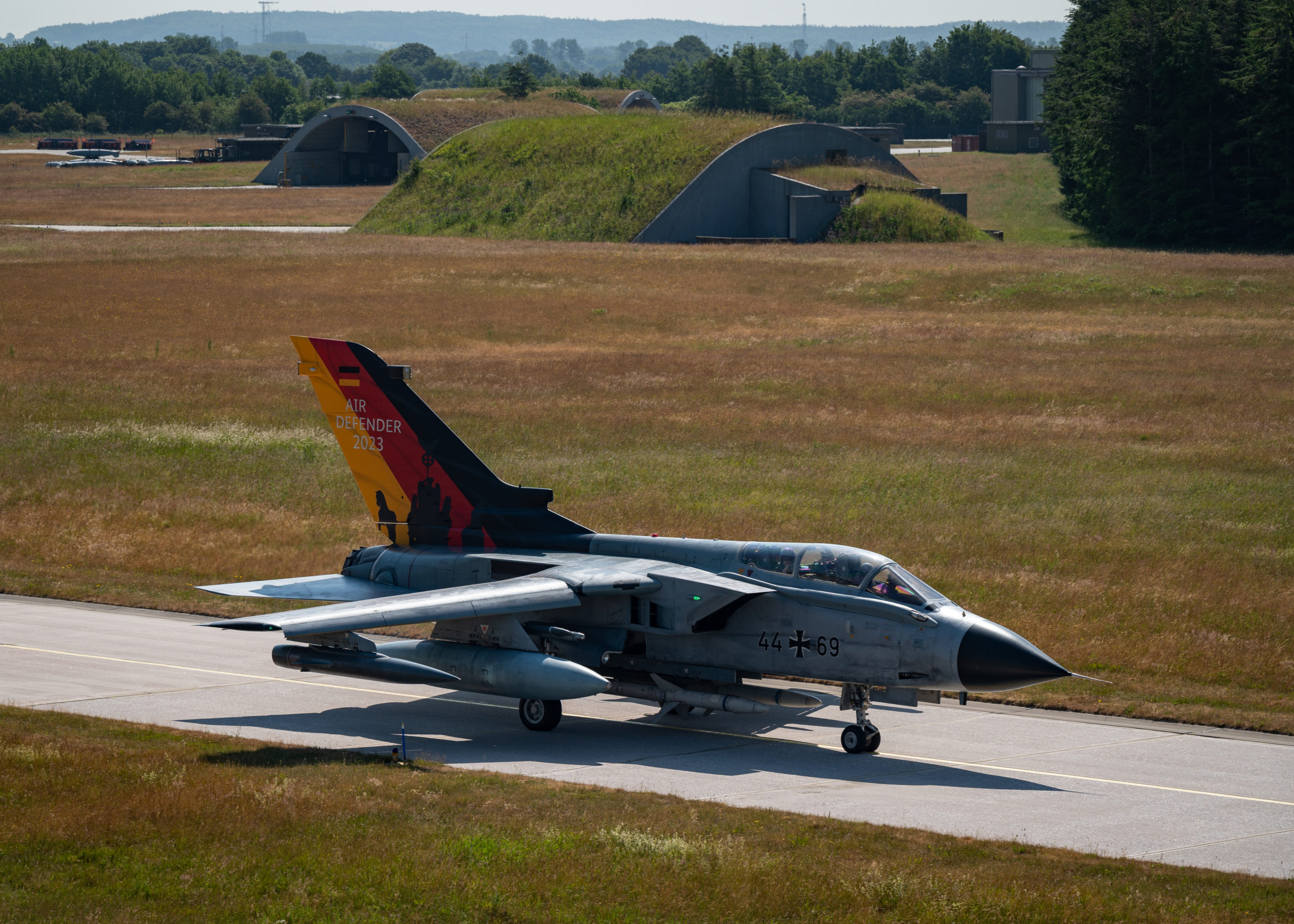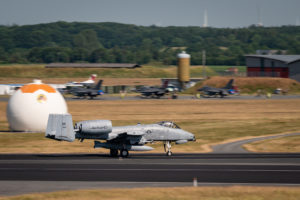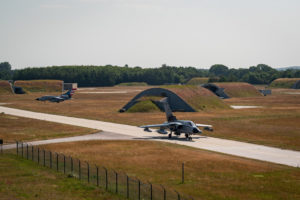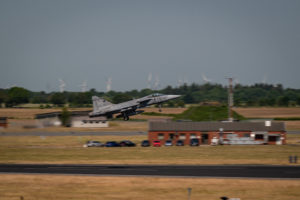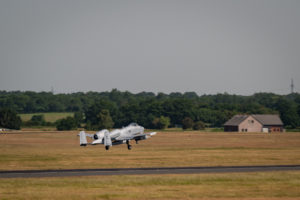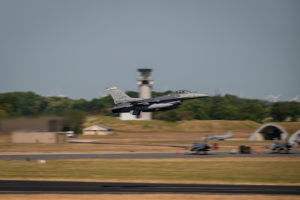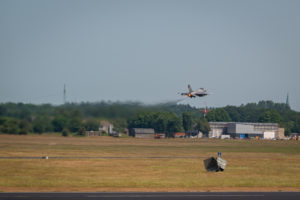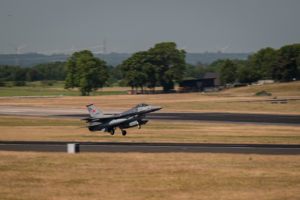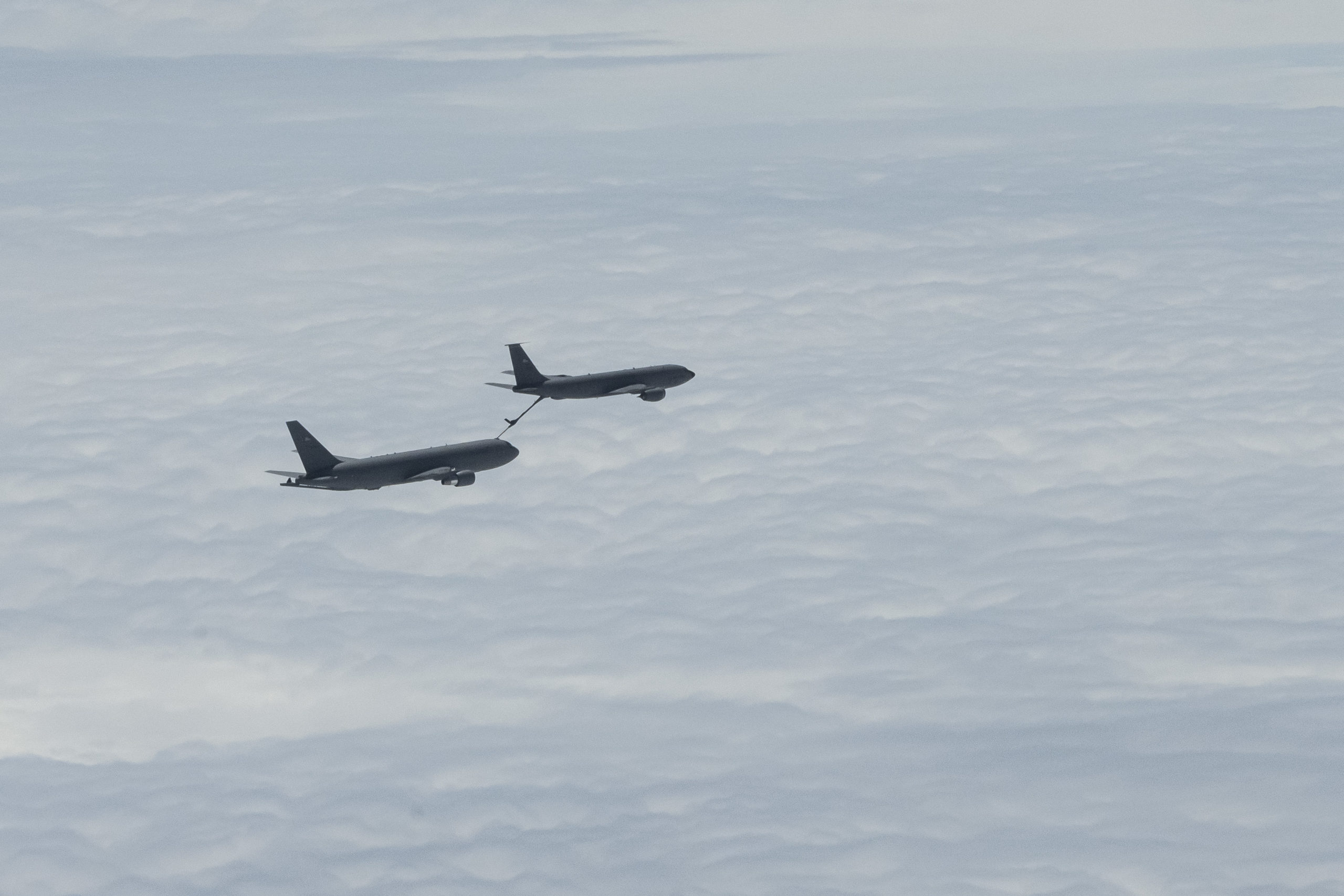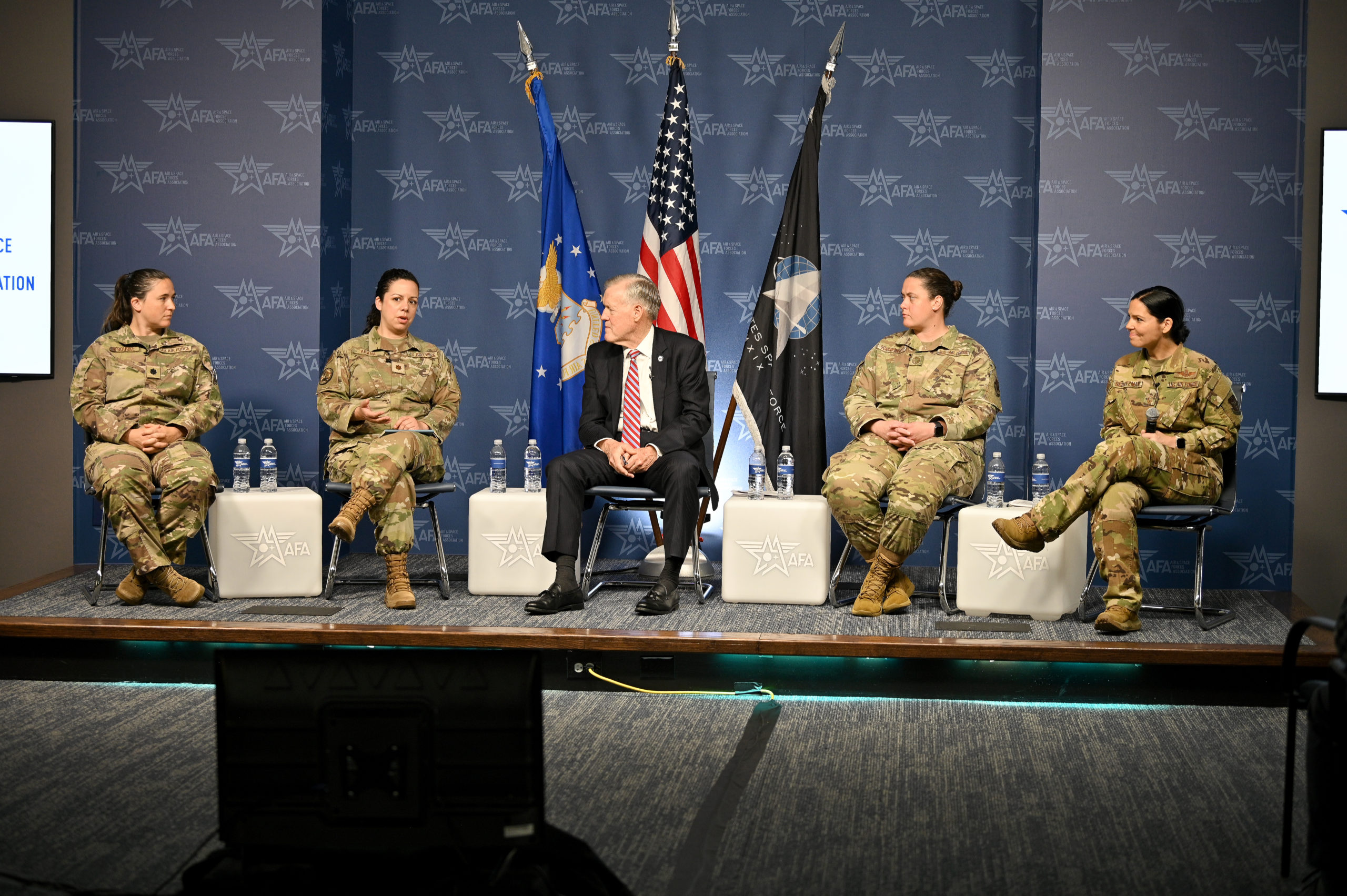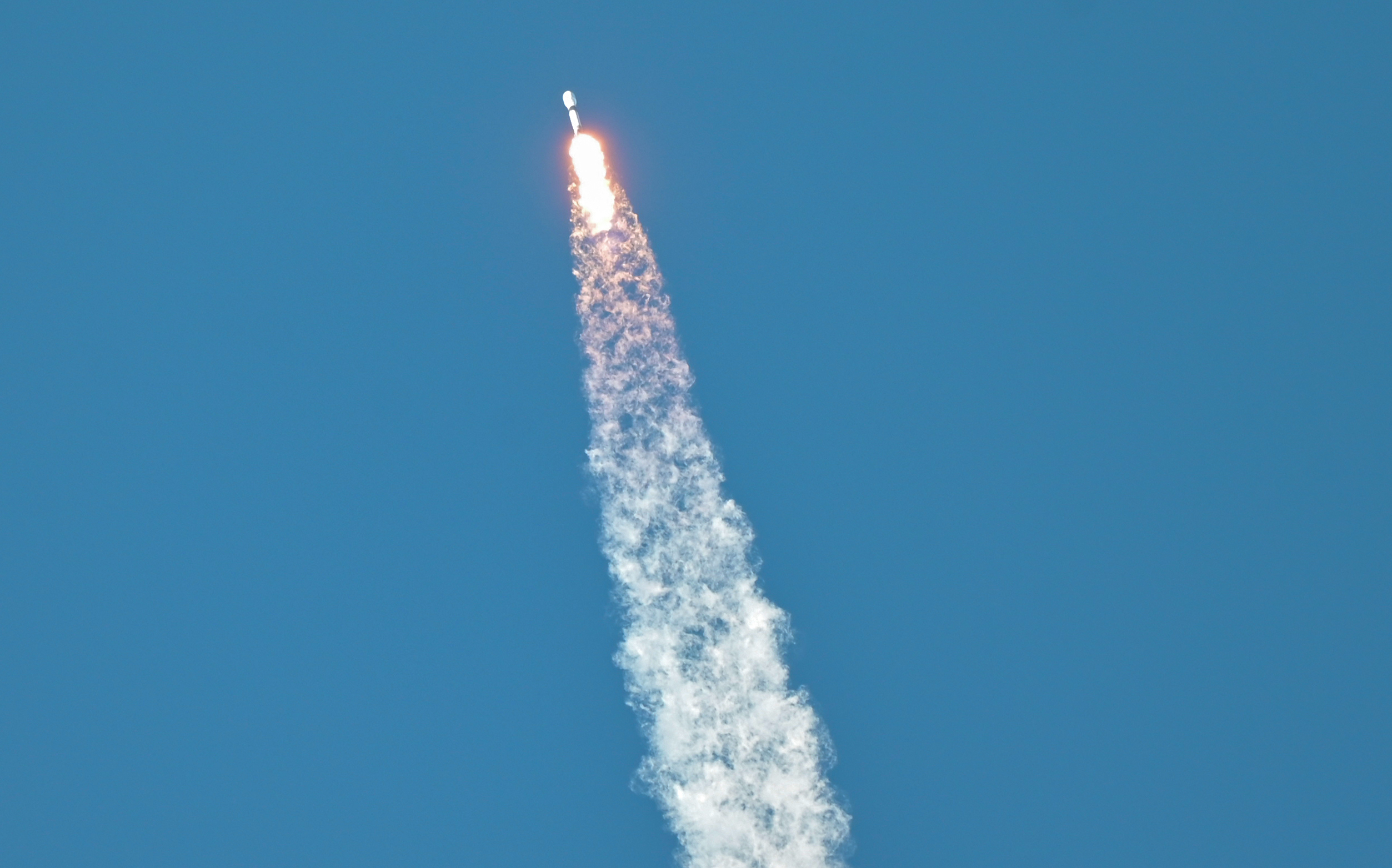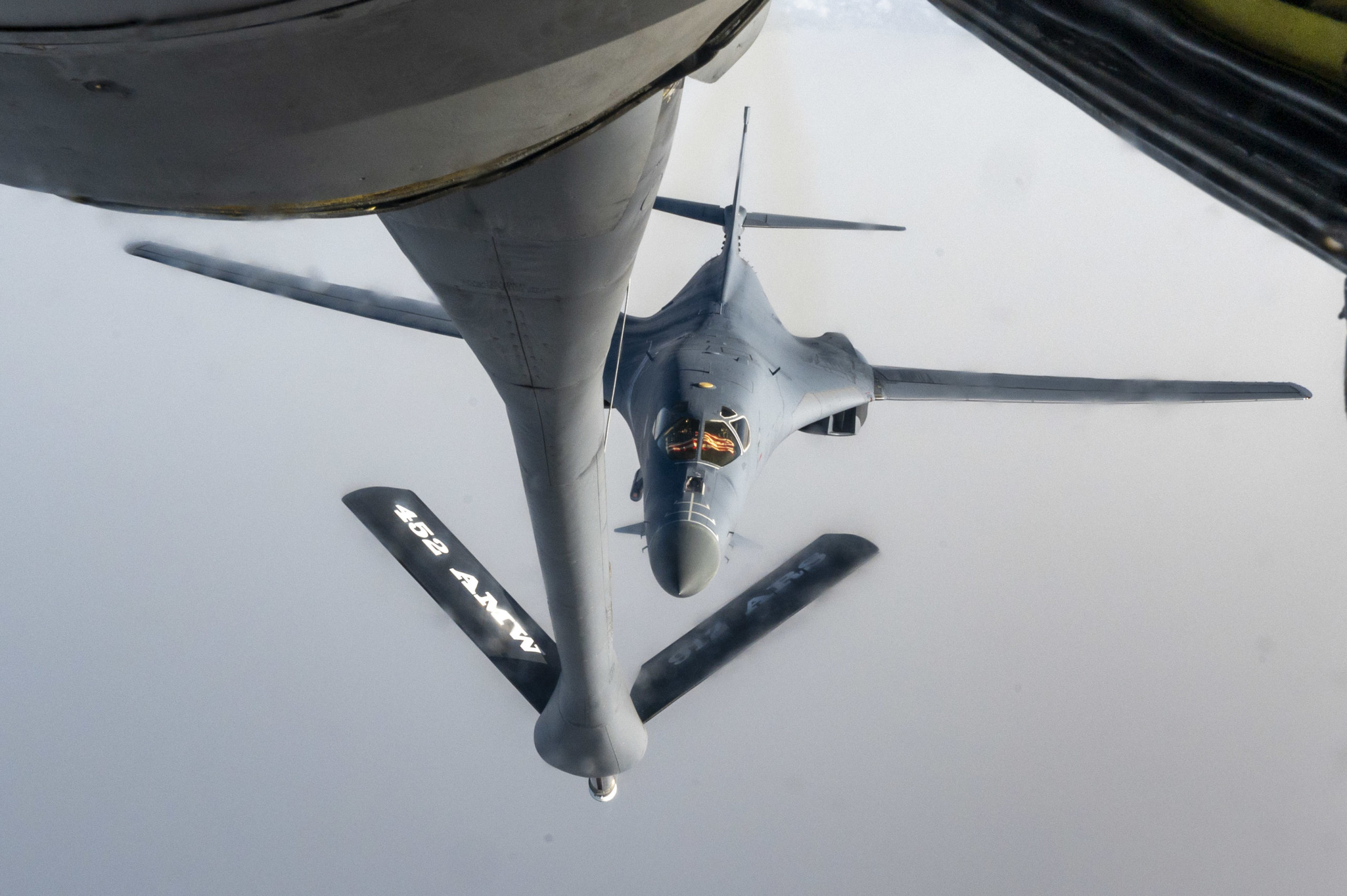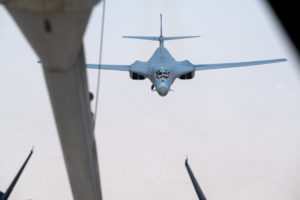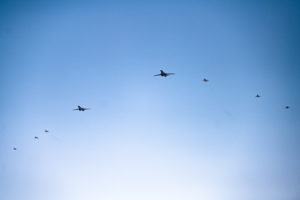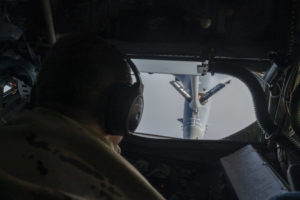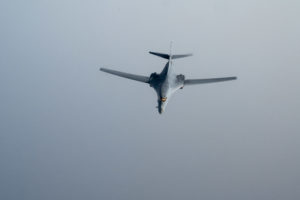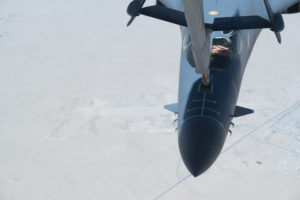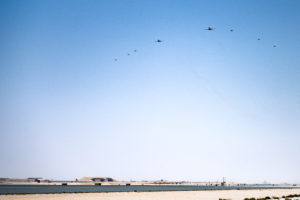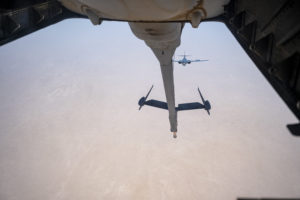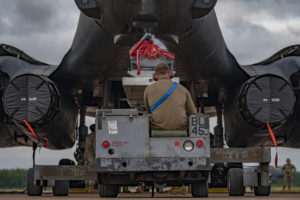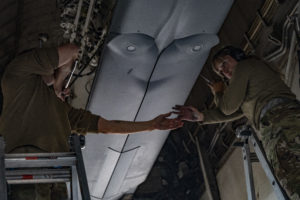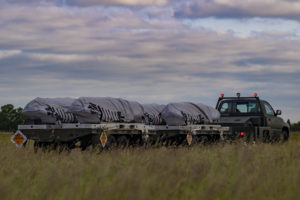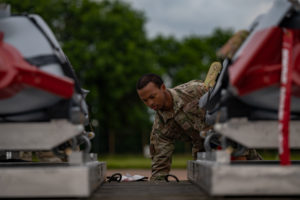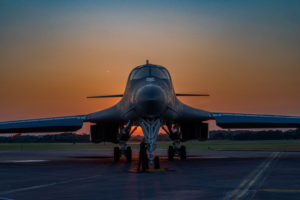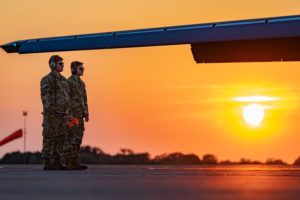ABOARD A U.S. MILITARY AIRCRAFT—As Ukraine begins its long-awaited counteroffensive against Russia, Secretary of Defense Lloyd J. Austin III is headed to Europe for a meeting of the Ukraine Defense Contact Group in Brussels and the Pentagon announced another batch of military aid aimed at helping Ukraine secure its skies against Russian aircraft, drones, and missile attacks.
The package includes “key capabilities to aid Ukraine’s efforts to retake its sovereign territory and support Ukraine’s air defenders as they bravely protect Ukraine’s soldiers, civilians, and critical infrastructure, as well as artillery, anti-armor systems, and ammunition” the Department of Defense said in a statement June 13.
The successfulness of the nascent Ukrainian counteroffensive remains unclear. But given the unpredictable and grinding nature of the war, the Pentagon added it is attempting to meet “immediate battlefield needs and longer-term security assistance requirements.”
Among other capabilities, the new package includes additional munitions for NASAMS air defense systems, more Stinger man-portable air defense systems, additional GMLRS rockets for HIMARS launchers, and well as “tactical secure communications support equipment,” and 15 Bradley Infantry Fighting Vehicles and 10 Stryker Armored Personnel Carriers. The package is worth up to $325 million, the Pentagon said.
“Our primary focus right now is on ground-based air defense,” a defense official told reporters.
On June 15 in Brussels, Austin and Chairman of the Joint Chiefs of Staff Gen. Mark A. Milley will convene with defense officials from around the world as part of the Ukraine Defense Contact Group, a monthly meeting of nearly 50 countries to coordinate aid with Kyiv.
Milley and Austin are traveling also traveling to Germany, where they will head to Wiesbaden to meet troops supporting the Security Assistance Group-Ukraine. Austin will also attend a meeting of NATO’s defense ministers June 16 at NATO headquarters in Brussels ahead of a key summit for the alliance in Vilnius, Lithuania in July.
The recently announced decision by Western allies to help Ukraine’s pilots train on F-16s is expected to be one of the topics discussed during the meetings. The U.S. gave its sign-off for other nations train Ukrainian pilots on the U.S.-made F-16, but it remains unclear how much direct support will come from the U.S. or if there is any possibility of America providing some of its F-16s.
A defining aspect of the war thus far has been the largely mutually denied airspace over Ukraine, though Russia has been able to launch barrages of missile and drones attacks on Ukraine, which has led the West to focus heavily on air defense in its aid to Kyiv.
Russia’s air force is large and more sophisticated than Ukraine’s, but Moscow has been unable to achieve air superiority for most of the conflict. Now, however, Russia appears to be trying blunt the counteroffensive using its airpower. An absence of Russian airpower, some allege, is what led to Ukrainian gains in recent days.
“Russian sources claimed that Ukrainian forces managed to make tactical gains on June 11 due to heavy rain and fog preventing Russian Aerospace Forces (VKS) and army aviation (rotary wing aircraft) from striking Ukrainian force concentrations,” the Institute for the Study of War wrote in a June 12 update on the conflict. “Russian sources reported that Russian VKS and army aviation resumed intense airstrikes against Ukrainian forces on June 12 after the rain cleared.”
The Pentagon said its latest announcement was part an effort to “meet Ukraine’s critical security and defense needs.”
The full package includes:
- Additional munitions for National Advanced Surface-to-Air Missile Systems (NASAMS)
- Stinger anti-aircraft systems
- Additional ammunition for High Mobility Artillery Rocket Systems (HIMARS)
- 155mm and 105mm artillery rounds
- 15 Bradley Infantry Fighting Vehicles
- 10 Stryker Armored Personnel Carriers
- Javelin anti-armor systems
- Tube-Launched, Optically-Tracked, Wire-Guided (TOW) missiles
- AT-4 anti-armor systems
- Over 22 million rounds of small arms ammunition and grenades
- Demolition munitions for obstacle clearing
- Tactical secure communications support equipment
- Spare parts and other field equipment
